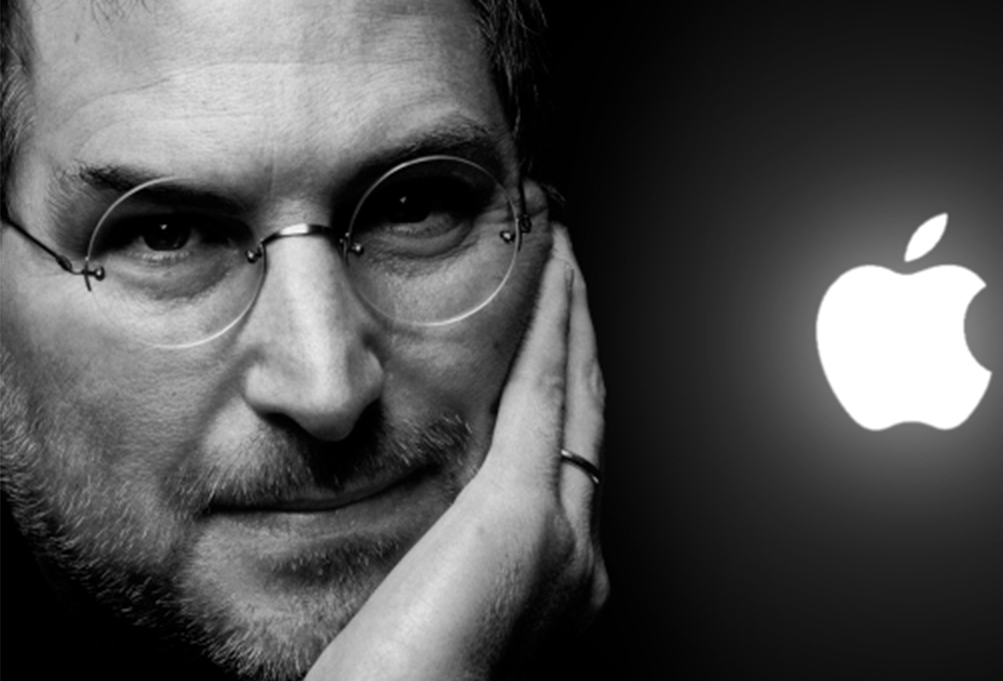Steve Jobs, co-founder of Apple Inc., is often celebrated as a quintessential example of a hustler in the realm of technology and innovation. His story is one of ambition, innovation, relentless drive, and the ability to foresee and shape the future of consumer electronics. Here’s a deeper look into how Jobs exemplified the hustler spirit throughout his legendary career.
Early Life and Education
Steve Jobs was born in 1955 in San Francisco and was adopted by Paul and Clara Jobs. From an early age, Jobs showed a deep interest in electronics and mechanics, a curiosity nurtured by his father. He wasn’t particularly interested in formal schooling, often finding himself bored with structured education. However, he attended Reed College, though he dropped out after just one semester. It was his calligraphy class at Reed that would later influence the aesthetic sensibilities of Apple products.
The Birth of Apple
In 1976, Jobs, along with his friend Steve Wozniak, founded Apple Computer Co. in his parents’ garage. They funded their entrepreneurial venture by Jobs selling his Volkswagen bus and Wozniak selling his beloved scientific calculator. Jobs had the visionary idea of creating a computer for the masses, and Wozniak had the technical skills to make it happen. Their first model, the Apple I, was an immediate success, but it was the introduction of the Apple II that revolutionized the industry, sparking the beginning of the personal computer age.
Pushing Boundaries and Facing Setbacks
Jobs was known for his perfectionism, attention to detail, and an ability to predict what people would want before they knew it themselves. This led to groundbreaking products like the Macintosh in 1984, the first mass-market computer with a graphical user interface, which set the standard for future user interfaces.
However, his intense drive and abrasive management style caused internal strife at Apple. In 1985, Jobs was forced out of Apple, the company he founded and loved. Instead of letting this setback defeat him, Jobs saw it as an opportunity to explore new horizons.
NeXT and Pixar
After leaving Apple, Jobs founded NeXT Computer, which developed advanced computer technologies that were not initially commercially successful but were later recognized as ahead of their time. During this period, Jobs also invested in a small visual effects company, Pixar, which would go on to revolutionize the animation industry. Pixar’s “Toy Story,” the first computer-animated feature film, was a massive success, and Pixar became a key player in modern animation.
The Return to Apple
In 1996, Apple was struggling and bought NeXT, bringing Jobs back to the helm. He revitalized Apple with his usual passion and vision, leading to a series of innovations that included the iMac, iTunes, iPod, iPhone, and iPad. Apple’s success skyrocketed, and the company went from near bankruptcy to becoming one of the most valuable in the world.
Legacy and Influence
Steve Jobs passed away in 2011, but his legacy lives on through Apple and its products. His approach to business and innovation was rooted in his hustle mentality—always pushing boundaries, pursuing perfection, and bouncing back from failures stronger than before.
Jobs’ life story is a testament to the fact that being a hustler isn’t just about working hard; it’s about a deep passion for what you do, resilience in the face of setbacks, and a relentless pursuit of vision that few can see. His life encourages many to think differently and challenge the status quo, all in the name of making a mark on the world.
Conclusion
Steve Jobs’ journey exemplifies a true hustler’s path—marked by innovation, resilience, and an undying commitment to his vision. His story continues to inspire entrepreneurs and innovators around the globe to push the limits of what is possible.




